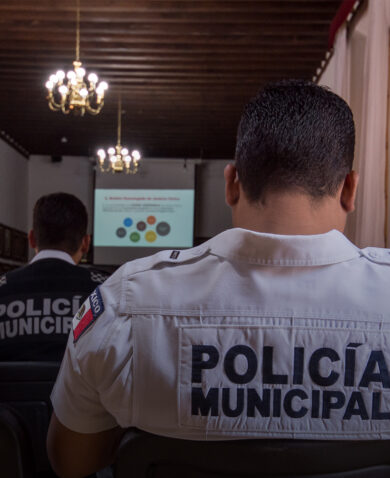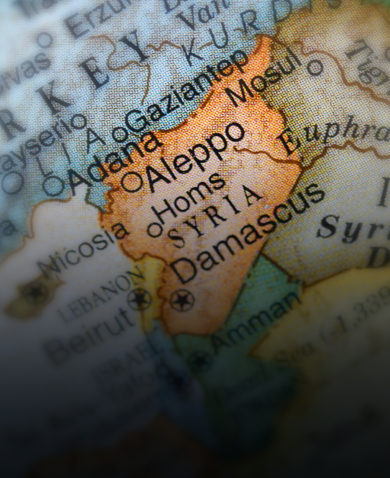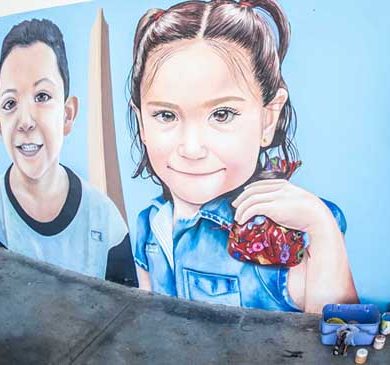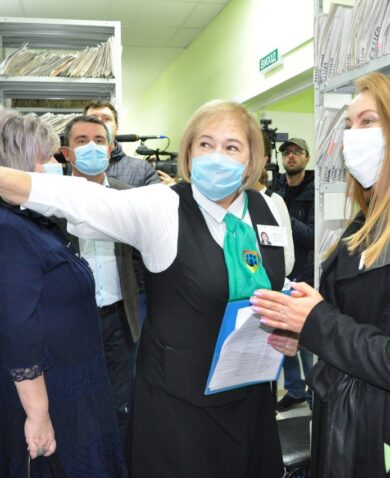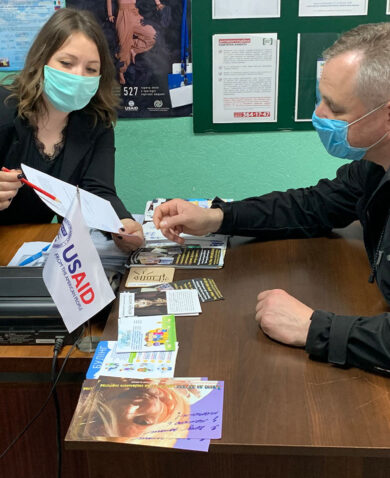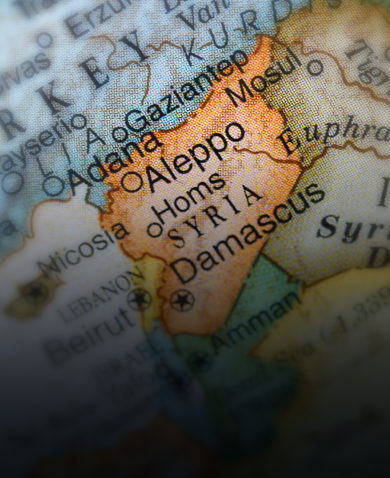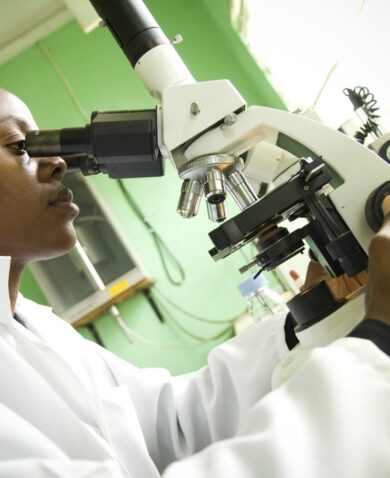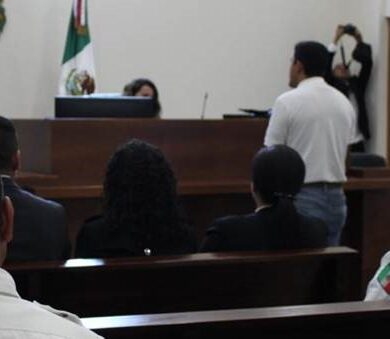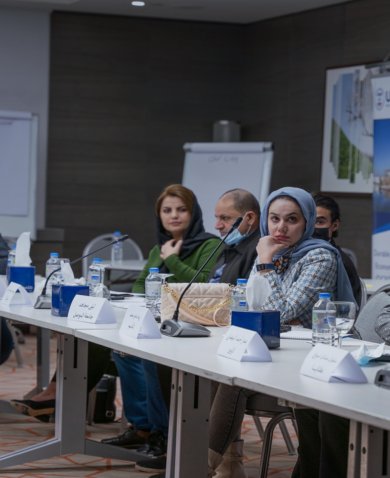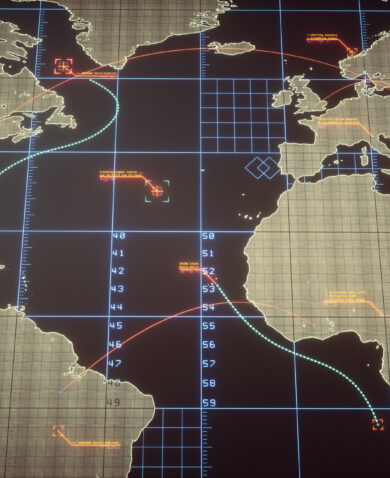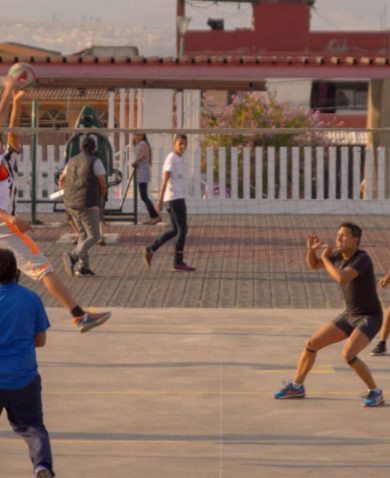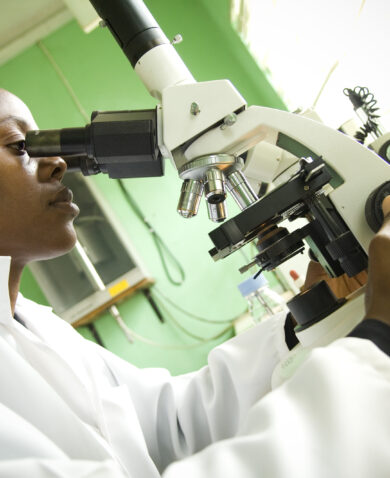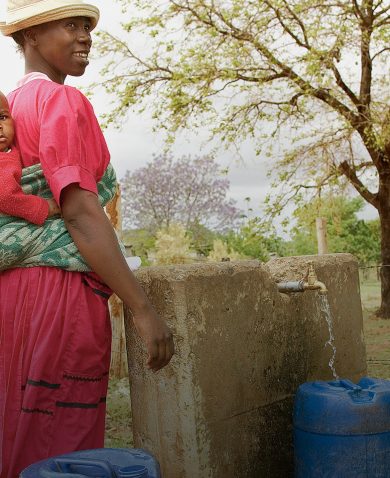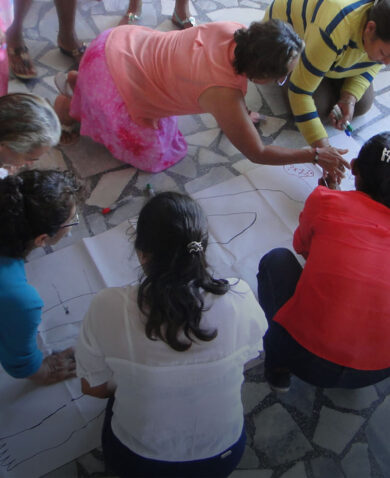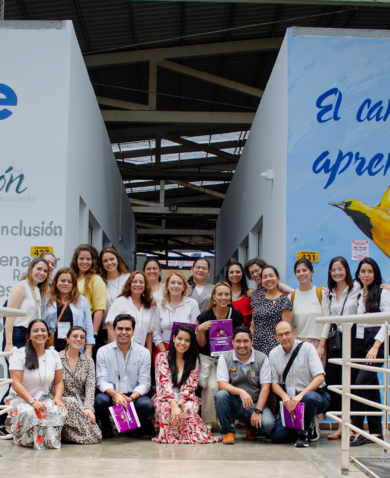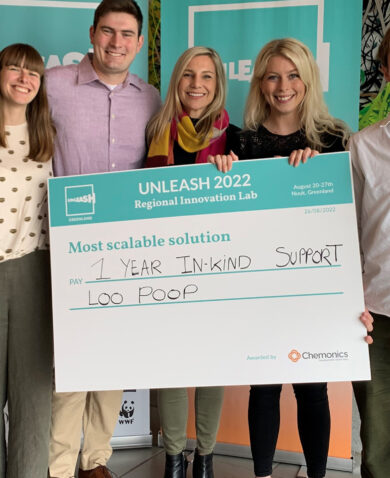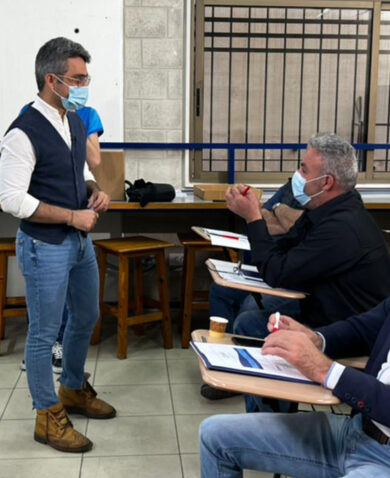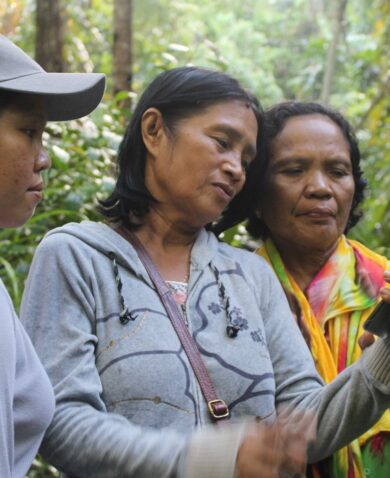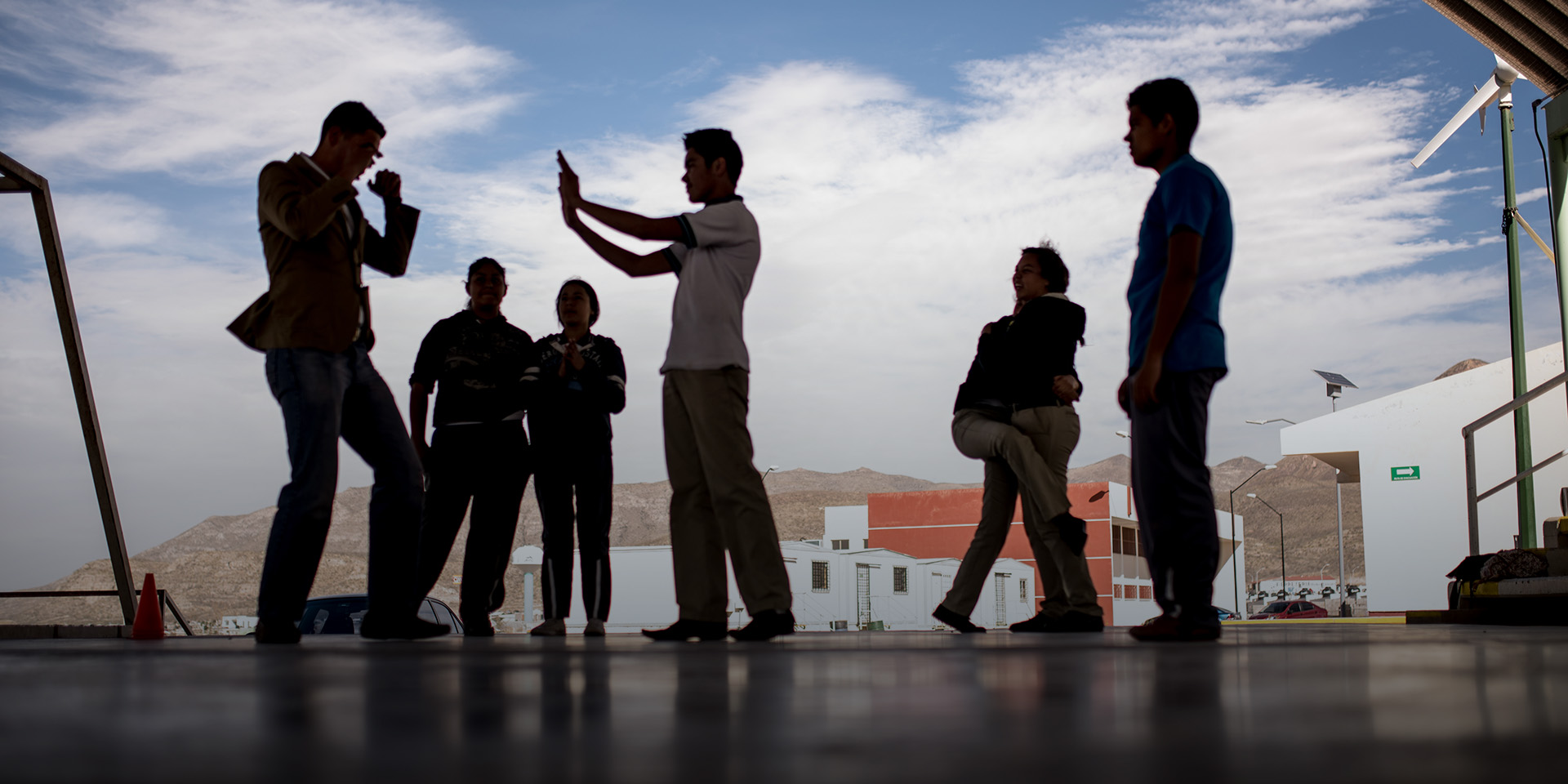
Don’t Fight the System: 3 Steps to Apply the Local Systems Framework
March 15, 2018 | 4 Minute ReadWhen it comes to putting USAID’s Local Systems Framework into practice, where should projects start? Enrique Rivas shares principles he developed while applying the framework in Mexico.
Imagine you are in a neighborhood. In this neighborhood, there is a corner where young people gather every night to drink. We would call them “at-risk youth.” These are young guys who have dropped out of school, and the local priest decides that he is worried about them. The priest forms a basketball team that practices a few times a week and talks to the youth about their life choices during breaks. He also meets with the owner of the local corner store and a group of neighborhood mothers and persuades them to contribute money and food. The priest then approaches the municipality and convinces the mayor to improve the basketball court and provide scholarships for some of the students. After two or three months, some of the boys begin to return to school.
Now imagine a development project starts operating in the municipality with the goal of preventing violence. The project does not know about the basketball team and instead decides to start a club for young people focused on music and dance. Because the club meetings conflict with basketball practice, the basketball team starts to lose members. After several months without enough players, the team stops practicing. A few years later, the development project ends and so does the music and dance club, unable to find a new source of funding.
In this example, the basketball team and the participating community members are a local system — a set of interconnected actors working together toward a specific goal. By failing to recognize the local system, the development project not only duplicates the community’s efforts but also undermines them. Ultimately, the project fails to make a lasting impact because it is working against the local system rather than working with it.
3 Steps to Apply the Local Systems Framework
When you walk into any neighborhood, there is always a local system. When USAID launched their Local Systems Framework in 2014, it brought to the forefront this idea that the best way for projects to be sustainable is to understand and strengthen the existing local system. The framework is based around 10 principles, such as “recognize there is always a system,” and “tap into local knowledge,” and the approach it outlines is crucial to achieving sustained development.
Yet, the Local Systems Framework is a starting point rather than an instructions manual. How can all of us apply systems thinking to our own work? On the USAID Juntos Para la Prevención de la Violencia project, we discovered three good practices when applying the Local Systems Framework to violence prevention. Although we were focused on the goal of reducing crime and violence in Mexico, these practices are universally applicable.
1. Understand How an Effective Local System Works
Systems thinking is about finding ways to strengthen the local system so that it can fulfill its essential functions without development assistance. To do that, it is important to understand the three functions a system needs to fulfill to be successful. If actors want to prevent violence, for example, they need to work together to do three things:
- Build knowledge: From identifying the most at-risk youth to understanding the current disputes between gangs, actors must gather information effectively.
- Implement solutions: Like the priest founding a basketball team, actors then test out possible solutions.
- Improve practice: Actors evaluate the solution to see if it is working and adjust as needed.
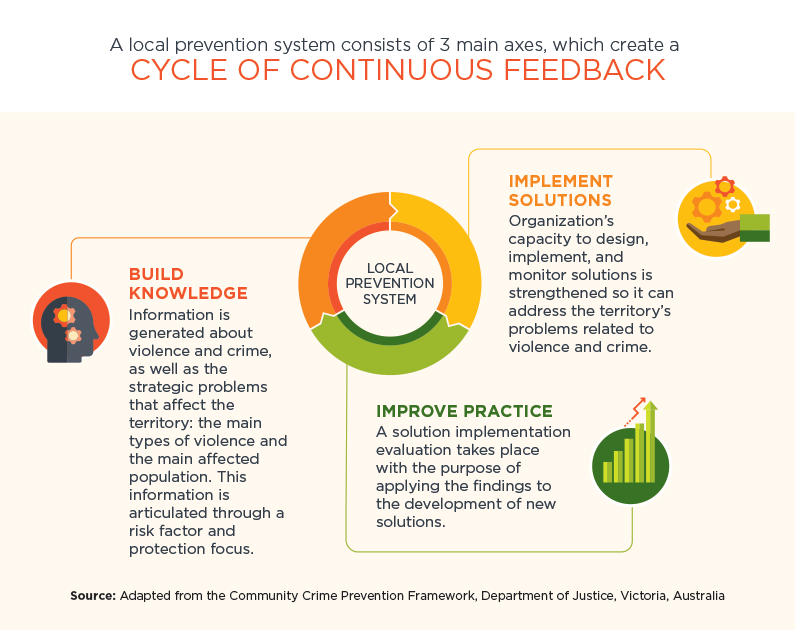
2. Identify the Gaps in the System
The next step is to identify any missing pieces within the local system that the development project can work to strengthen. We discovered that for a local system to successfully build knowledge, implement solutions, and improve practice, the system must have actors filling these four roles:
- Resource articulation and management: Actors in this role focus on coordinating between actors and managing the resources that exist in the system.
- Solutions: These actors identify specific problems and design solutions to address those problems.
- Training and technical assistance: Systems also need actors that can train and assist others to continually build the system’s capacity.
- Public policy advocacy: Finally, at least one actor must operate at the political level to inform policy related to the goal the system is trying to achieve.
Development projects wishing to use a local systems approach should analyze the system to identify actors that are performing these role and gaps where roles are going unfilled. Often, there are actors with the potential to perform these unfilled roles that the project can help to take on a new function.
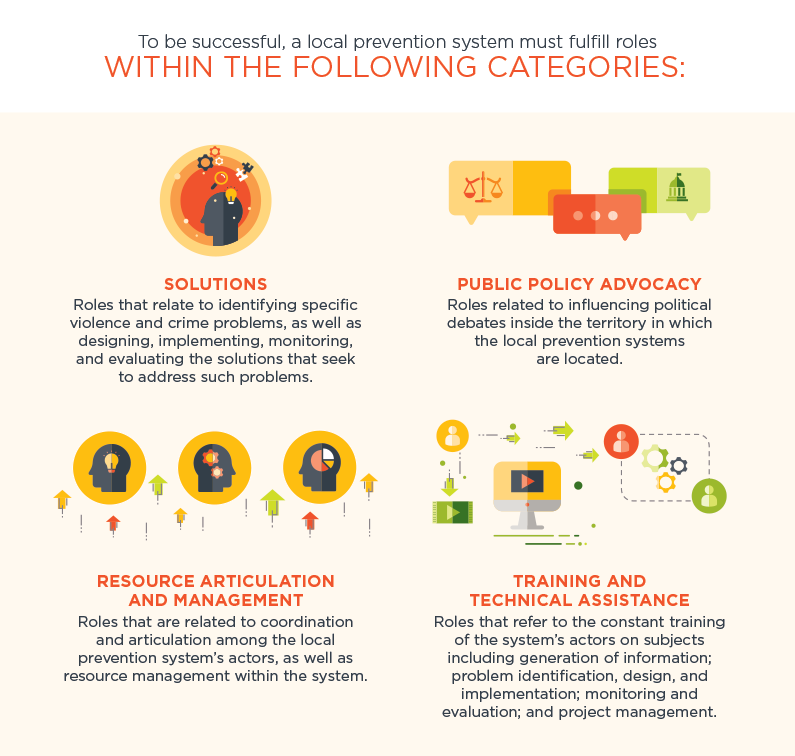
3. Build the Capacity of an Anchor Actor
After categorizing actors into the roles above, the question remains: Which actors should the project focus on? With limited time and resources, working intensively with every actor in the system may not be realistic. We found that the best way forward is to identify an anchor actor that can take on a coordinating role. Often, this is an actor who is focused on resource articulation and management or public policy advocacy. The development project can focus on building the capacity of this anchor actor to coordinate and strengthen all parts of the local system. Once trained, this anchor actor will continue to support and improve the system after the project ends.
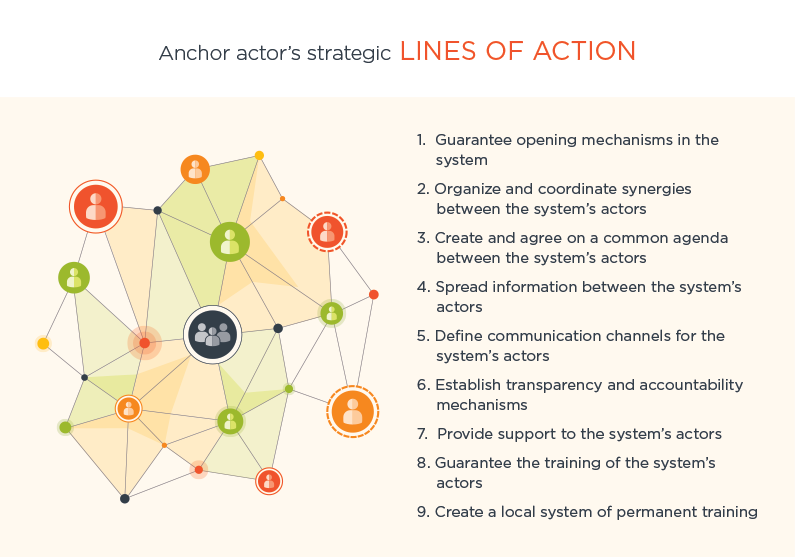
Using a local systems lens may not be the easiest or the fastest approach. It depends greatly on the will and capacity of stakeholders and requires building relationships slowly and taking the time to earn buy-in. But creating development that is sustainable is more valuable than showing quick results. Otherwise, we risk constantly implementing activities but never creating change — like walking 10 meters a day but never moving a centimeter.



